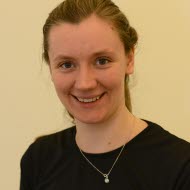Breathing Efficiency in Skiers – A Data‑Driven Approach
Use Python to analyze ~150 VO₂max tests, label exercise stages, and assess breathing efficiency. Identify skiers with potentially dysfunctional breathing patterns and explore performance implications. Ideal for students in data science, engineering, or sports tech.
This project offers the opportunity to apply programming and data analysis skills to a real-world sports science dataset. You will work with approximately 150 VO₂max test recordings to:
Step 1: Develop a Python-based method to label rest, submaximal, and maximal exercise periods.
Step 2: Calculate metrics such as: Correlation between tidal volume and breathing frequency
Approximate entropy of ventilation
The goal is to classify athletes based on how well their breathing patterns align with physiological demands and to estimate how many skiers may have inefficient or performance-limiting breathing.
Who is this for?
Students in data science, engineering, sports technology, or related fields with an interest in applying computational methods to human performance data. No prior physiology knowledge required; domain expertise is provided by Helen Hanstock in Sports Science.
Sustainability goals
Project information
Project duration
251101-260630
Project institutions
Project lead

Sounds interesting?
In that case you're more than welcome to submit your interest in participating in the project!
Tell us which programme and which year you are studying. Motivate your participation and describe why you are interested in the project. Also include your cellphone number such that we can easily reach you. Your information will not be stored.